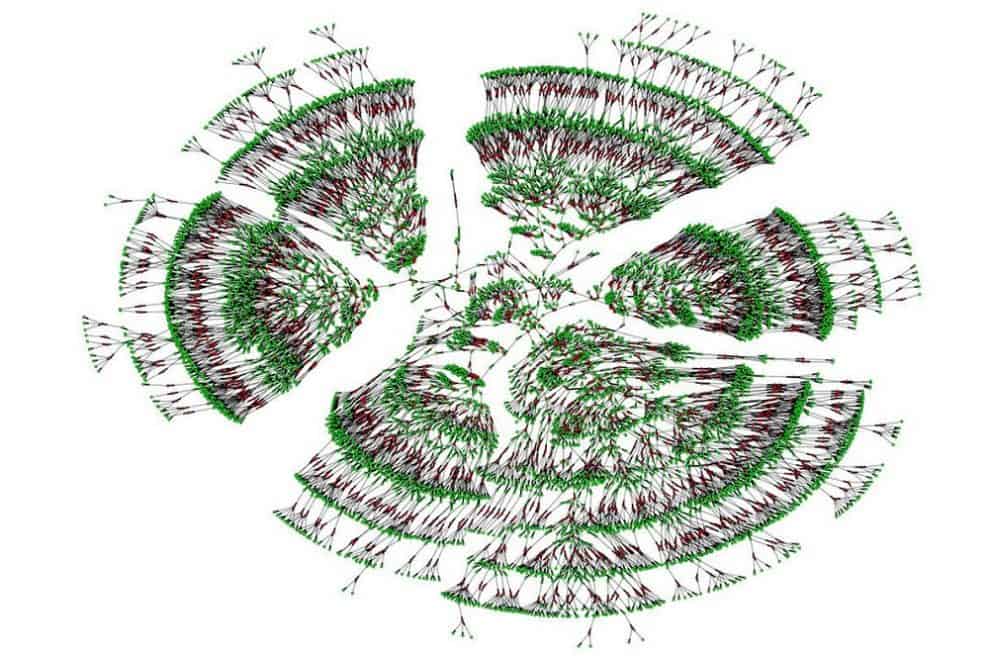
In a new research, scientists have successfully managed to create the largest human family tree. The giant family tree consists of around 13 million people and spans along an average of 11 generations. The dataset included into the family tree is greater than the population of Belgium of China and it has revealed many interesting facts about the migration patterns in North America and Europe over the past 500 years.
The big family tree also shed light on how people belonging to different parts of the world married each other during those years. The research was led by Yaniv Erlich, a computer scientist at Columbia University. For creating the dataset, Erlich and his team used interconnected online genealogy profiles. They downloaded around 86 million public profiles from Geni.com which is one of the world’s largest online genealogical websites. The website keeps a continuous record of each individual’s birth and death and nearly 85 percent of the profiles include people from Europe and North America.
Erlich said that through the hard work of many genealogists curious about their family history, they crowdsourced an enormous family tree and boom, came up with something unique. “We hope that this dataset can be useful to scientists researching a range of other topics,” stated Erlich. After downloading the genealogy profiles, the scientists used mathematical graph theory to analyze and organize the data and verify its authenticity. Then they interconnected the online genealogy profiles to create largest family tree having 13 million individuals spanning 11 generations. Along with the birth and death data, the tree also covers the marriage information of individuals. One can get information about European and North American migrations and marriages by going through the family tree.
For example, the family tree revealed that before 1750, the Americans married someone living within 6 miles from where they were born but, after 1950 the marriage distance increased to 60 miles. Also before 1850, people mostly preferred to marry close family members and with the passage of time people stopped marrying cousins because the practice became less socially acceptable. “Family trees have vast applications in multiple fields from genetics to anthropology and economics. However, the collection of extended family trees is tedious and usually relies on resources with the limited geographical scope and complex data usage restrictions,” the study stated.
























